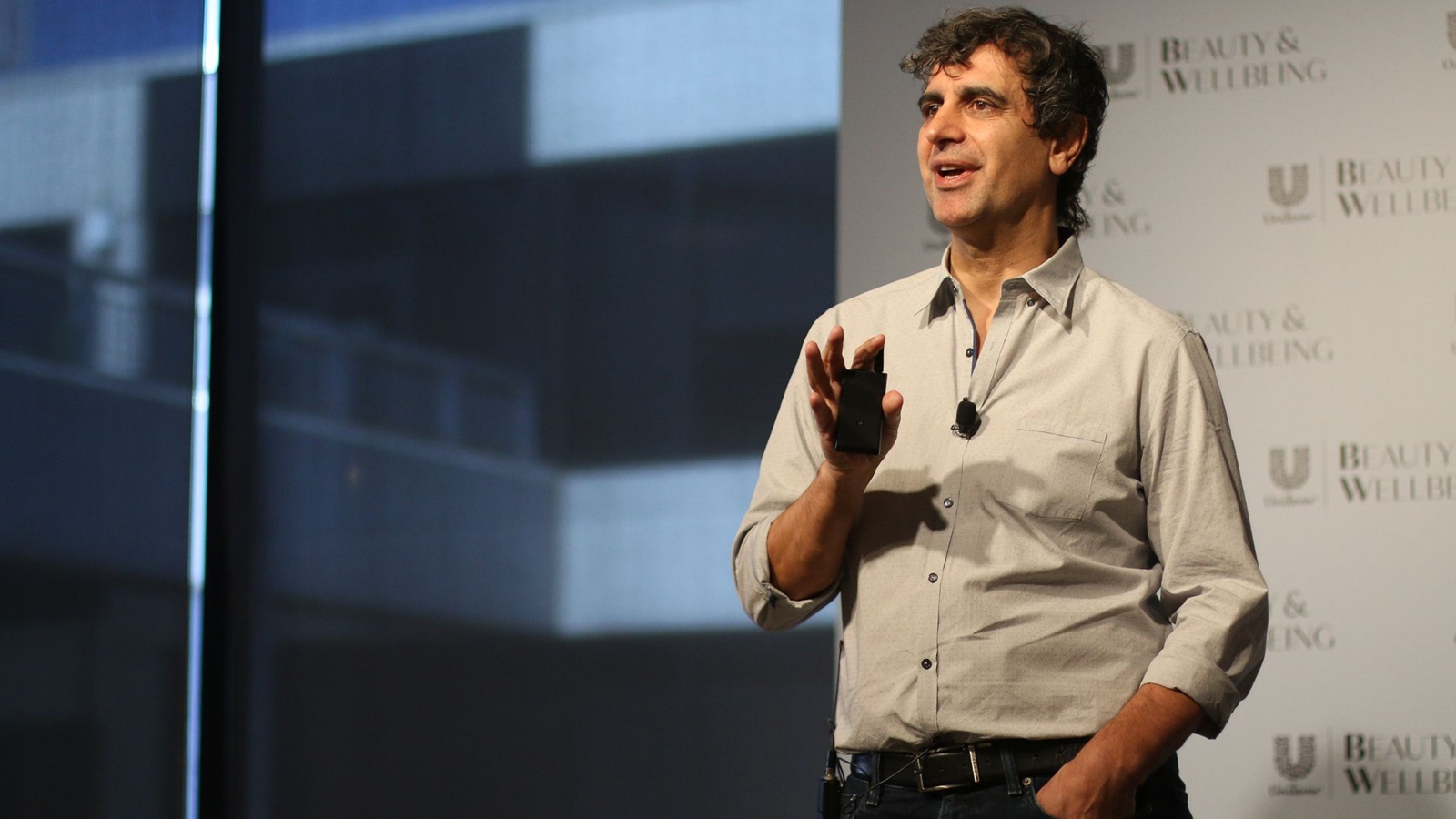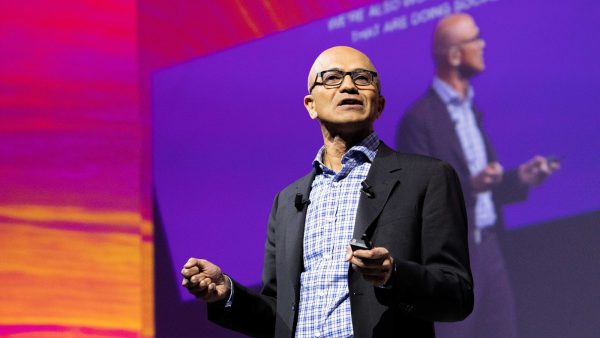“We got our man!” exclaims Michael Mahoney, CEO of Reston, VA-based Brittenford Systems, Inc., a firm providing systems for accounting, budgeting, forecasting, and business intelligence. Getting the hiring process right is a serious matter. The stark reality is the average executive selects the right person only 25% of the time. Most leaders would be better off throwing a dart at a list of candidates than waste time with the standard “feel good” interview selection process used by most executives of growth firms.
Even more challenging is attracting quality candidates to apply in the first place. It’s impossible to choose “A” players if they’re not sending in their resumes! The key is selling the vision of the company and recruiting in non-traditional ways.
Topgrading
Mahoney revamped his hiring process based on the best-selling book Topgrading: How Leading Companies Win by Hiring, Coaching, and Keeping the Best People by Brad Smart.
Brad Smart is the guru of employee selection for over 35 years, starting with his breakthrough book entitled the Smart Interviewer. Smart’s books have remained the number 1 best-sellers in the category of employee selection ever since.
Smart was also hired by Jack Welch in the early ’80s to put in the management evaluation and selection process at GE. Still used today, Welch considered the selection process at GE to be one of the three most important keys to GE’s sustained success over the last couple decades.
The process Mahoney has created and implemented within Brittenford Systems:
- A detailed job Scorecard defining the performance objectives for the position is created using the Scorecard format outlined in Topgrading. The Scorecard includes a listing of the company’s Core Values, the competencies for the specific position, and a listing of the results you need the person to achieve. It’s this last item that is often missing from the typical job description used in most hiring processes.
- Using Predictive Index (PI), a specific personality profile is developed and used in the early screening process.
- A detailed job ad is then created incorporating the information from Steps 1 and 2. The opening paragraph asks questions drawn from the ideal PI we are seeking, and should attract or repel candidates accordingly. The job ad also includes a summary of the performance Scorecard. Key core values are generally woven into the ad. Anyone responding should know exactly what the job requires and whether they are a reasonable fit. A sample ad and the process for recruiting candidates are outlined at the end of this article.
- A list of phone screen and interview questions are created, drawing from the competency questions outlined in the Topgrading book, the standard four questions the Smart’s recommend in a typical screening interview plus a few Mahoney’s team have created on their own.
- Once resumes start pouring in from the recruiting process an online behavioral personality survey is administered for select candidates. They compare survey results and resumes versus the profiles from the first four steps. This phase screens out 70% of candidates.
- A screening interview (10 to 20 minutes) is conducted over the phone using questions from Step 4. For successful candidates, we lay out the rest of the interviewing process. This step weeds out another 15% of candidates.
- An individual office interview (60 to 90 minutes) is conducted with the hiring manager. This weeds out another 10% of candidates.
- Team office interviews (2/3 day) consisting of a series of 30 to 45 minute one-on-one interviews with 4 to 6 stakeholders for the position are held. We assign each person a competency to evaluate (e.g. business development or operations management). The idea is to avoid a series of shallow, repetitive interviews (“So, tell me about yourself.”) and instead enables us to assemble a deep profile based on the compilation of several deep, competency-specific interviews. We also review the job Scorecard with the candidate. This step weeds out another 2-3% of candidates, leaving us with 2-3% of the original pool.
- A Topgrading CIDS office interview (2.5 hours) is held with each of the finalists.
- At least five reference checks are conducted for each finalist. These references are extracted from the CIDS interview process using the TORC (Threat of Reference Check approach) and the actual calls to the references are scripted according to the Topgrading process.
- A “homework assignment” related to the position is given to each finalist. The idea is to get a sense for whether the person is a self-starter, and whether they are willing to roll up their sleeves and work for the job. For Brittenford’s sales reps, they ask for a written personal plan for their first 30/60/90 days. For their managing director position, they asked finalists to complete the primary components of the Gazelles’ One-Page Strategic Plan. They gave the candidate a blank One-Page Plan template and the “how to complete” instructions. Mahoney’s team fills in the core values and rules and asks the candidate to complete the rest of the Plan for the group they’ll be leading as MD. This might sound like overkill but it does several things. This step surfaces expectations gaps – are they generally aligned on where Brittenford is going? Have they been listening? Do they have original ideas to contribute? It also tells Mahoney whether the candidate is able to ask good, challenging questions in order to complete the assignment.
- Background Check – credit, criminal history, etc. This costs under $100 and is inexpensive insurance to uncover any potential problems.
- A decision and offer are made. Clearly if a candidate makes it through this process its worth paying them appropriately to entice them to join the firm.
- First-Day Drug Screening – oral swab, non-invasive, can be done in our office, and costs $25.
What did Mahoney learn:
While job boards are great, circulating a good job ad to your personal network is just as valuable if not more.
A small company with a good story is much more appealing to senior folks than I realized. We really can hire top notch folks if we aim for them.
Our rigorous and structured interview process is itself a great selling tool. I tell candidates up front they need to be willing to go through it, and the top candidates are turned on by the challenge and respect our selectivity. It’s amazing to me how many of them say most companies they interview with make the decision on one or two short and loosely structured office visits.
Verne Harnish:
Harnish alias “the Growth Guy” is dé groeigoeroe van dit moment. Hij is bedenker en ceo van Gazelles Inc., een kenniscentrum voor snelgroeiende bedrijven. Befaamde businessexperts als Jim Collins en Seth Godin leveren vaste bijdrages aan Gazelles.com Harnish schrijft regelmatig voor Fortune Small Business magazine en is een autoriteit op het gebied van bedrijfsgroei. Een van zijn belangrijkste publicaties is het boek “Rockefeller Habits: What You Must Do to Increase the Value of Your Fast-Growth Firm.” In 2002 werd Harnish uitgeroepen tot een van de “The Top 10 Minds in Small Business” door Fortune Small Business Magazine en sierde de cover van het gelijknamige blad. Ook is Harnish een graag geziene gast bij Amerikaanse tv-shows over business zoals Smart Money, CBS News en Nation’s Business Today. Sprout heeft een exclusieve overeenkomst met Verne Harnish zodat Sproutlezers maandelijks zijn column kunnen lezen.
Lees meer columns van Verne Harnish op Sprout en bestel zijn boek online
 |









